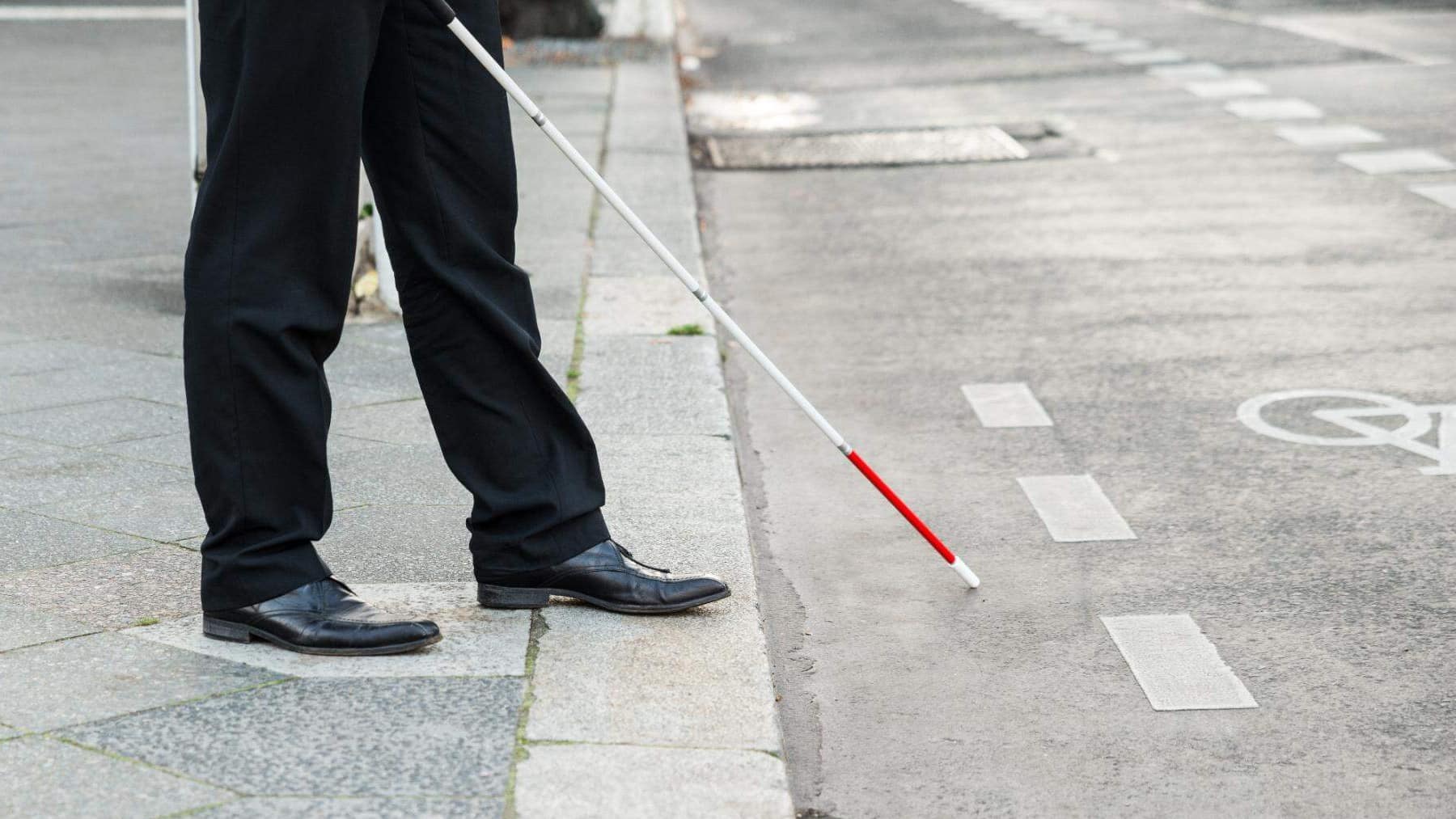Good news for the world of paleontology. A discovery has occurred in the Khuren Dukh Formation, in the Gobi desert, Mongolia, which has been published in the journal Nature. It involves the finding of a fossil that dates back 108 to 115 million years, which scientists have named Zavacephale rinpoche. This specimen is a pachycephalosaur belonging to the Cretaceous period, about which very little information is available. The discovery was made by a team from the Academy of Sciences of Mongolia, led by paleontologist Tsogtbaatar Chinzorig.
According to the statements from the paleobiologist at the Chinese University of Hong Kong, Michael Pittman, to NBC News, there are so few fossils that they could all fit in two bathtubs. This is the youngest specimen found, but also the most complete, which aids in better understanding its history, as Chinzorig explained to the Natural History Museum in London. Moreover, it is the oldest pachycephalosaurus, which demonstrates its presence on Earth long before it was believed.
Zavacephale rinpoche
Inhabitants of what is today North America and Asia, the pachycephalosaurids are marginocephalian ornithischian dinosaurs that lived from the Early Cretaceous to the Late Cretaceous. They were bipedal, herbivorous animals that could reach up to 4.5 meters in length and weigh half a ton. It is one of the most enigmatic species for scientists, both because of its distinctive bony skull and the few physical remains that have been found.
Mongolia finding
In the Khuren Dukh Formation, in the Gobi Desert, Mongolia, a specimen of pachycephalosaur, named by scientists as Zavacephale rinpoche, has been discovered. It was a team from the Academy of Sciences of Mongolia, led by the paleontologist Tsogtbaatar Chinzorig, who found the fossil remains of the specimen. These remains date back to between 108 and 115 million years ago, and unlike those previously found, it is the most complete in skeletal terms.
According to paleobiologist Michael Pittman from the Chinese University of Hong Kong, “All the pachycephalosaur [fossils] in the world could fit in a bathtub, more or less, or maybe two bathtubs – there are very few pachycephalosaur fossils.” This species is one of the greatest challenges for scientists and has become especially known for the shape of its skull and its appearance in the “Jurassic Park” movie saga.
More details about the fossil remains
More than half of the skeleton has been found this time, which has allowed researchers to reconstruct the long legs, short arms, and small hands. Additionally, they have found stones that would correspond to the inside of its stomach, which they relate to the intention of grinding the herbs it would have previously ingested. They have been able to establish that this is a younger specimen, 2 years old and 3 feet in length.
According to Chingzorig’s statements to the Natural History Museum in London, “The completeness of the fossil makes it an important specimen for understanding how the cranial dome of the Pachycephalosaurus developed”. In addition to helping to better understand their anatomy with the discovery of something more than just the skull, this fossil is 15 million years older than all those discovered to date. This has amazed scientists, who see it as a positive thing that will help them better understand the evolution of this species over the years.
What happens with its dome-shaped head?
As of today, researchers still do not know how to explain this phenomenon. Some theories suggest that it was a weapon for fighting, while others argue that it was more of a decorative feature. We will have to wait and see if more specimens of pachycephalosaur are discovered, to see if researchers can provide answers to this and many other enigmas related to this species.
Have you heard about the Spicomellus found in Morocco? Here you have all the information!





